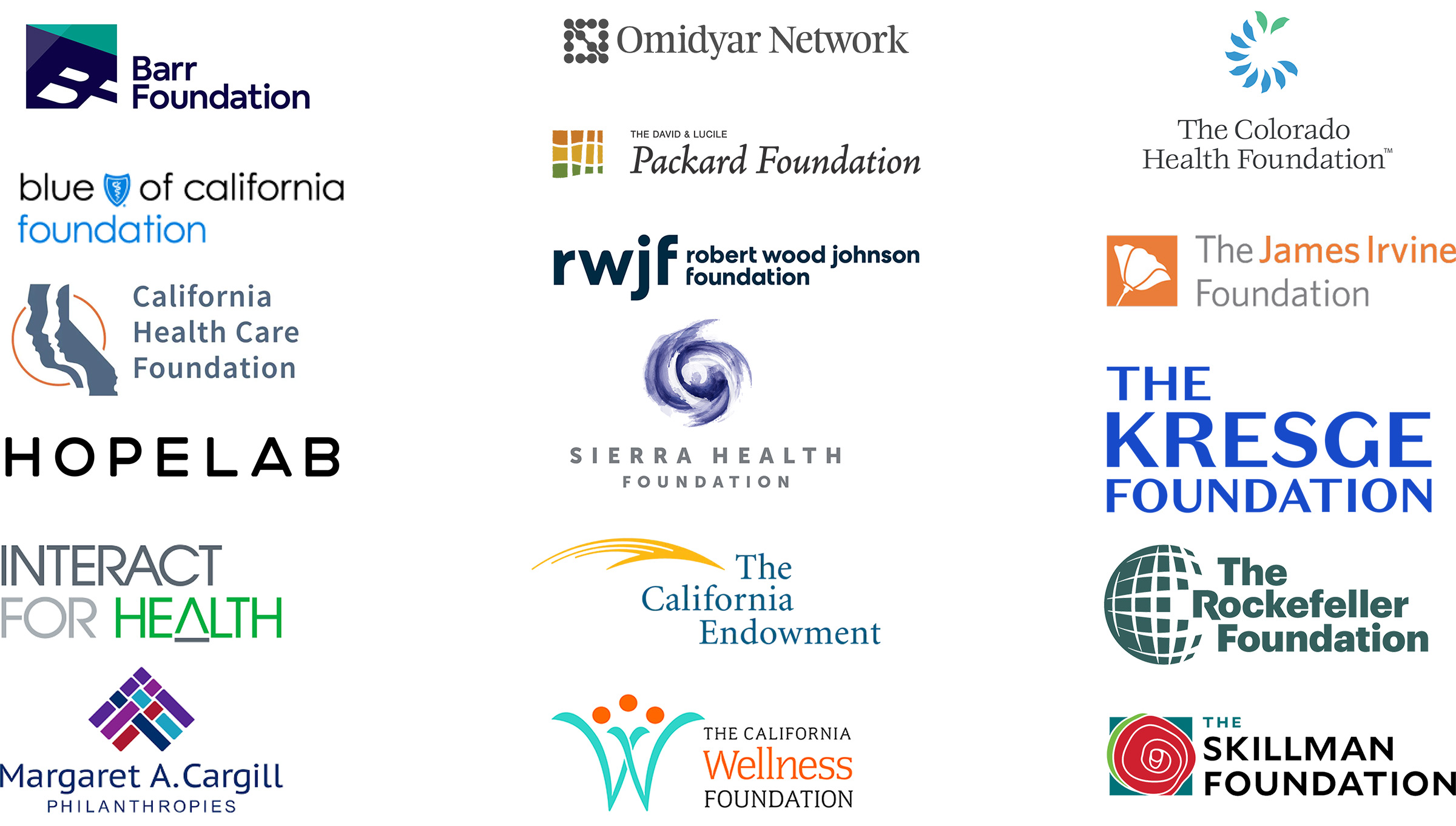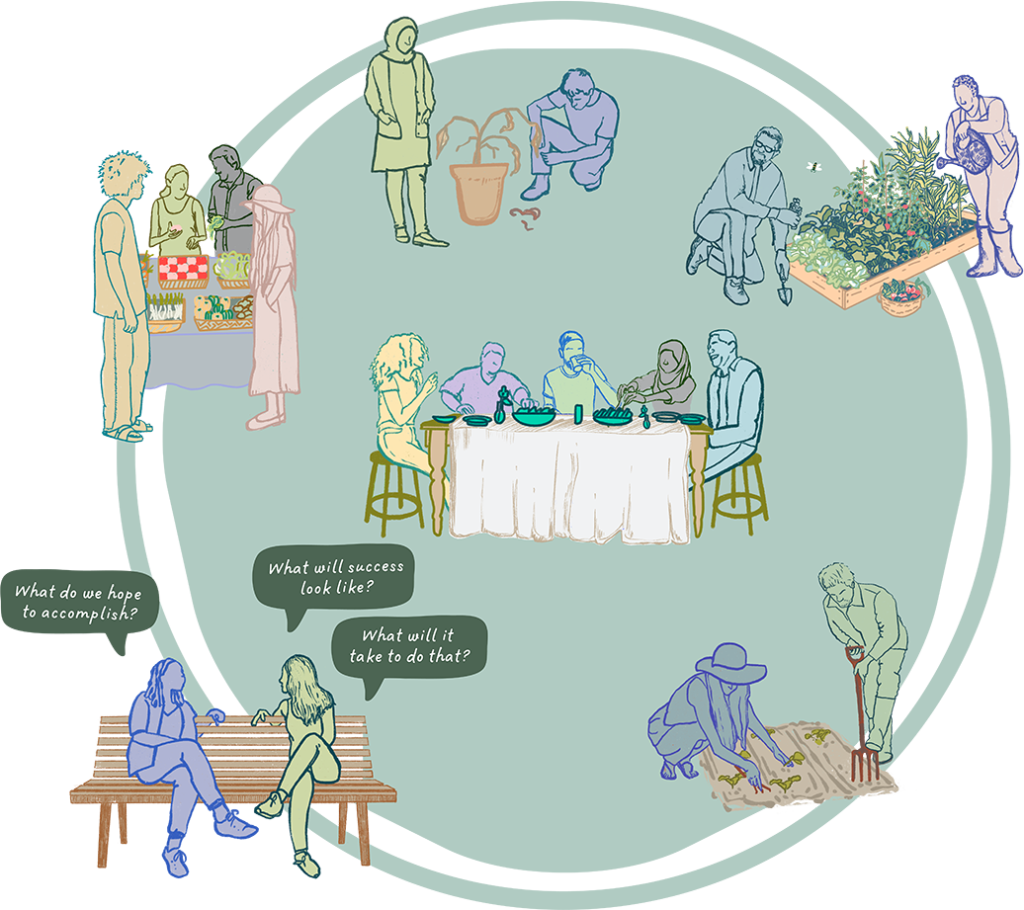Emergent Learning
Emergent Learning (EL) helps people across a system think, learn and adapt together in order to achieve important social change goals.
People often think of “learning” as a product to deliver or as a one-off event. Emergent Learning is a habit — a way of expanding our collective thinking in order to grow our ability to achieve the results we want.
Emergent Learning is about more than a pack of tools — it is about rethinking what it means to achieve complex goals in a complex world. EL focuses on discovering a shared line of sight that allows everyone to find their place in the endeavor; posing questions that invite a wider, more diverse, circle into the thinking process; making thinking visible to encourage a learning dialogue; deliberately testing hypotheses in the work itself; and sharing patterns and insights across a team, network, or community.
The very nature of Emergent Learning is emergent. No one person or organization can define — or has the right to impose — a solution for a whole system. It has to be a team sport. Emergent Learning is designed to support working together in a way that helps us achieve a whole that is greater than the sum of its parts.
Get Trained in Emergent Learning
Registration for the 2026 Emergent Learning Open Enrollment Program is Now Open!
We are very excited to announce that registration is open for the 2026 Emergent Learning Program. This will be the only open enrollment program to be offered this year.
This highly interactive program is not a series of passive webinars. It’s a chance to learn and apply the core principles and tools of Emergent Learning in both large and small groups, directly connected to your own work. Each session introduces one or more tools and principles, helping you build a strong foundation for creating social change.
This program is for anyone who wants to improve their own and their organization’s results through learning. We invite you to join this once-a-year opportunity and, upon completion, become part of a community of practice with more than 600 practitioners across the social sector.
Registration will be open until November 24 or until we reach program capacity.
To learn more about what the program includes, click the “More Info” button above to view the 2026 program outline.
Why We Need Emergent Learning
Whether the focus is on racial justice or economic opportunity or climate change, the social sector is feeling a growing sense of urgency to make more progress, in hugely dynamic environments where no assumptions are safe for long.
We work in environments that are both dynamic — making it hard to pinpoint a predictable strategy, and complex — meaning that we need the heads, hearts and hands of many other players outside of our scope of control to achieve our goals, and that, to get there, our goals need to be shared. Dynamic environments call for adaptive strategies. We need to recognize that “no plan survives first contact” and be ready to adjust it based on changing conditions. Complex environments call for strategies that are both adaptive and emergent. The difference between an adaptive strategy and an emergent strategy is like the difference between a chess game — where the chess pieces can be moved around to respond to an opponent, and a team sport — which relies on the real-time thinking and coordination of a whole team.
Emergent Learning supports both adaptive and emergent strategies. It helps us break through our assumptions and work habits so that we can think and learn together to achieve impact in these complex and dynamic environments.
“Emergent Learning is both incredibly simple, and incredibly powerful. It has helped us shape our thinking and learning in profound ways. Emergent Learning shows up in every facet of our organization – the way we think, talk, plan, evaluate, and learn. It’s transformed our organization in a way that helps us create more positive impacts on the communities we serve.”
Thank you to our supporters!
The Emergent Learning Community is a project of the 501c3 Global Philanthropy Partnership and is generously supported by:

